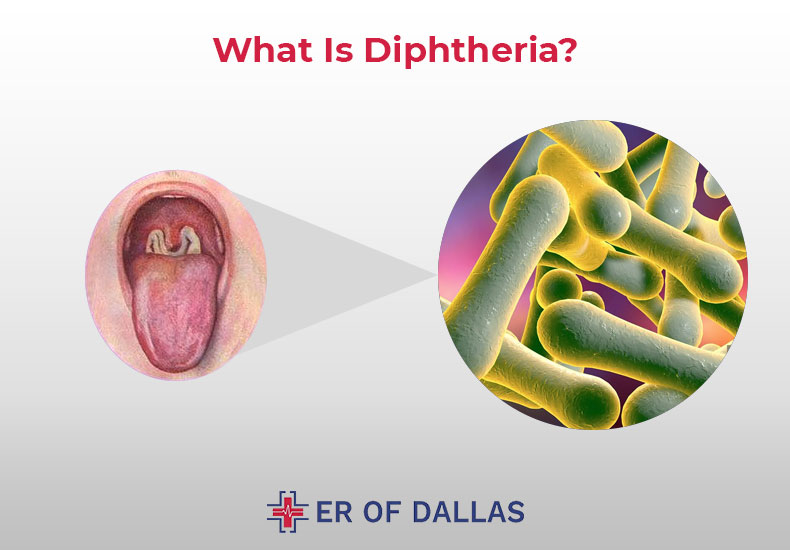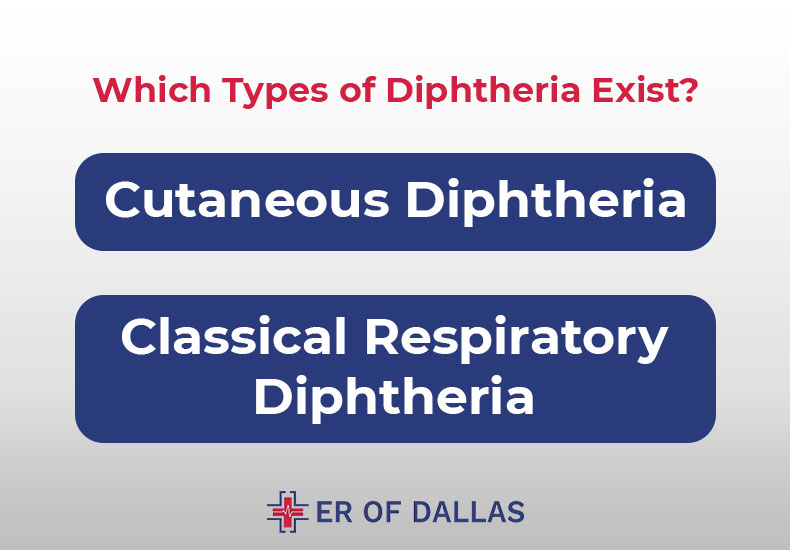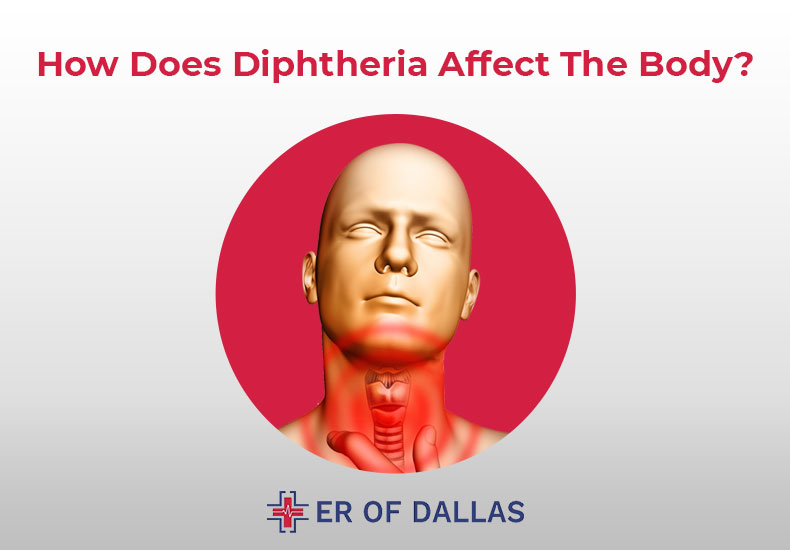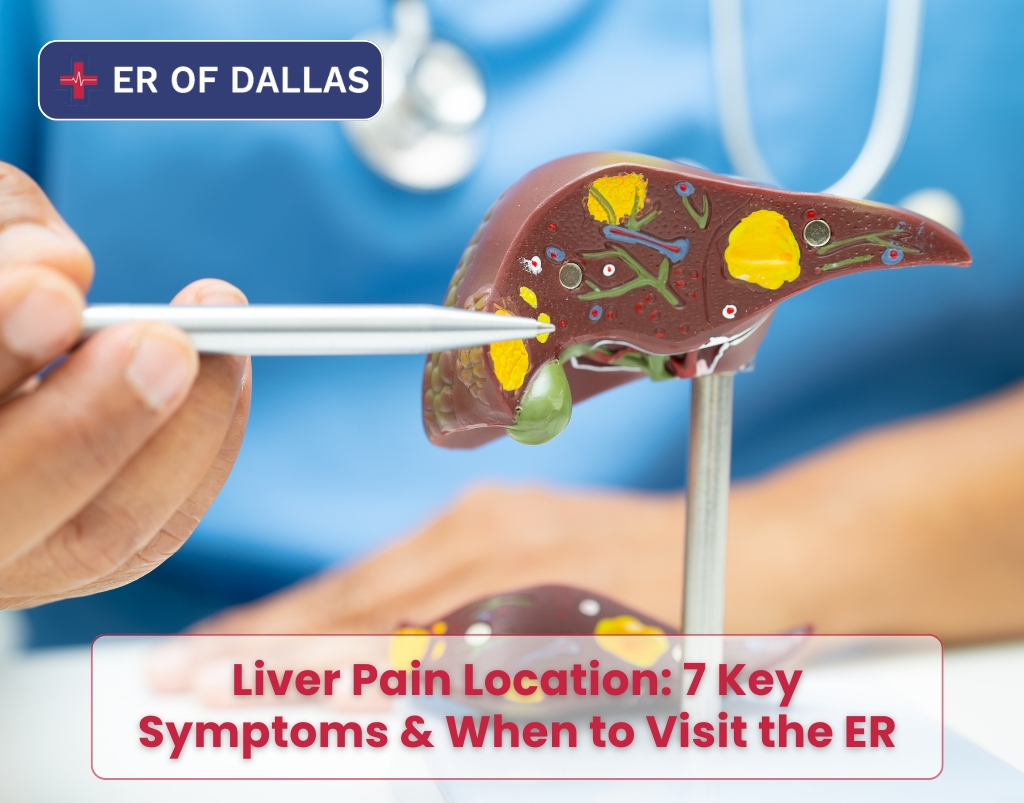A layer of grayish material covering the back of the neck is the classic indication of diphtheria, according to the Centers for Disease Control and Prevention (CDC). Despite being uncommon in the US, over 16,000 cases were reported globally in 2018.
Fifty percent of cases of diphtheria can be fatal if treatment is not received. In the United States, vaccinations have greatly decreased the risk of catching diphtheria. For those who have been close to someone who has it, medical professionals may still advise therapy.
This article will explain what causes diphtheria and what it is. Along with expected symptoms, possible treatments, and ways to avoid bacterial infection, it will also cover these topics.
This article will also describe the possible issues that could arise and how doctors diagnose the illness.
What is Diphtheria?
A bacteria known as Corynebacterium diphtheriae is the source of the infectious disease diphtheria. The bacterium produces a toxin that accumulates in your throat, making it difficult for you to breathe and swallow.
A person suffering from diphtheria in a warmer area may also have non-healing skin lesions that may become coated in gray tissue. This form of diphtheria, sometimes known as cutaneous diphtheria, can also occur occasionally in the United States in populations living in unsanitary and congested environments.

Usually, the integumentary or respiratory systems are affected. The three layers of skin (hypodermis, dermis, and epidermis) as well as the glands, nails, and hair are all part of the integumentary system.
A thick, gray coating in the throat and nose, painful throat, enlarged glands, weakness, and a low fever are typical symptoms. If the skin is affected, open sores and ulcers may develop.
A 2019 states that this bacterium produces an exotoxin, which is a toxin. The most severe diphtheria-related consequences result from this. The toxin causes tissue and cell death by blocking the synthesis of proteins.
The poison can harm the kidneys, heart, and nerves if it gets into the bloodstream. Both neuropathy and myocarditis—an inflammation of the heart muscles—can occur in an individual. Damage to the nerves known as neuropathy can cause tingling, discomfort, numbness, and weakening in the muscles.
Where is Diphtheria Found?
Diphtheria is still regarded as an endemic disease in many parts of the world (an outbreak that is localized to a given location). Asia, the Dominican Republic, Haiti, Eastern Europe, the South Pacific, and the Middle East are all included in this.
Which Types of Diphtheria Exist?
Phtheria comes in two primary forms which are as follows:
- Cutaneous Diphtheria
- Classical Respiratory Diphtheria

Cutaneous Diphtheria
Cutaneous diphtheria is the rarest kind of disease; it is characterized by skin rashes, blisters, or sores that can arise anywhere on the body. Cutaneous diphtheria is more prevalent in humid, tropical regions or densely populated areas where living conditions are subpar.
Classical Respiratory Diphtheria
Classical respiratory diphtheria, the most prevalent kind, can damage your tonsils, larynx, nose, and throat (voice box). Depending on which bodily membranes are impacted, your symptoms may differ. This illness is sometimes referred to as pharyngeal diphtheria or throat diphtheria.
Diphtheria: How Does It Spread?
Sneezing, coughing, and spitting can release airborne droplets containing bacteria, and you can also contract diphtheria by touching an object contaminated with bacteria. Additionally, an infected individual may spread the illness by touching garments touched by another person or an open sore handled by another person. You can contract diphtheria more than once.

What Causes Diphtheria?
Bacteria that stick to the lining of your respiratory system cause diphtheria. A poison produced by these bacteria harms the cells in your respiratory tissue. The tissue left behind becomes a thick, gray coating in two or three days. Your tonsils, throat, voice box, and nose tissues may get covered by this coating. It becomes difficult for the sick person to swallow and breathe.
Diphtheria can be transmitted by close physical contact with:
- Respiratory droplets from sneezing
- Coughing nasal and throat secretions
- Mucus and saliva-infected skin lesions
Any mucous membrane in another person can become infected when it comes from an infected individual.
How Does Diphtheria Affect The Body?
The specific bacterial variety and body part implicated determine the specific signs and symptoms of diphtheria. Skin infections and respiratory system disruptions can result from diphtheria.
Open sores and ulcers may form if it has impacted the skin, according to the CDC. Rarely can this lead to serious illness. Usually lasting two to five days, the incubation process might extend up to ten days.
Diphtheria in the respiratory system can occur gradually and cause:
- Unable to swallow painful throat weakness
- swelling of the neck glands
- A low-grade fever, loss of appetite
- Hoarseness if the larynx is impacted by the illness
The discharged poison destroys the healthy tissue in the respiratory system of an individual within two to three days. This causes the throat or nose to get covered in a thick, gray layer. Physicians call this layer a pseudomembrane.
Hoarseness and a barking cough increase in likelihood along with the risk of total airway obstruction if the membrane reaches the larynx. The membrane may potentially reach the lungs by extending further down the respiratory system.

Diphtheria Treatment
Two parts make up the treatment meant to counteract the effects of the bacteria:
- Antitoxin: Anti-diphtheritic serum is another name for this substance. It strips the poisons from the bacterium. Physicians treat respiratory-system-affected diphtheria with the antitoxin.
- Antibiotics: Penicillin or erythromycin can kill the germs and prevent them from growing. Diphtheria affecting the skin and respiratory system can be treated with antibiotics.
Antitoxin therapy should be started as soon as possible, and doctors usually do so before the culture results are returned. Only toxins that have not yet attached themselves to the body’s cells and tissues are neutralized by the antitoxin.
After 48 hours of antibiotic use, people stop being contagious. Nonetheless, a patient must complete the entire course of antibiotics.
When a sick youngster has a sore throat and a gray membrane covering their tonsils and throat, doctors may suspect diphtheria. The diagnosis is validated by the growth of C. diphtheriae in a laboratory culture of throat membrane material. Additionally, physicians can have a tissue sample from an infected lesion examined in a lab to determine whether the patient has cutaneous diphtheria, the type of diphtheria that affects the skin.
Treatment starts as soon as a clinician suspects diphtheria, even before the findings of bacterial tests are known.
Diphtheria Precautions
In the United States, there are numerous vaccines intended to prevent diphtheria. Many of them offer simultaneous protection against various illnesses, including diphtheria, tetanus, and pertussis (whooping cough). Different schedules for receiving the series of shots—which include booster shots after the initial ones—are available.
In general, fever, soreness or redness at the injection site, and rare cases, an allergic reaction to the vaccine itself are possible adverse effects of vaccinations.
Diphtheria Medication
For cutaneous or respiratory diphtheria, penicillin or erythromycin are the suggested medications. The acellular pertussis vaccine (DTaP) and diphtheria toxoid (also known as tetanus and diphtheria toxoids) are part of the current immunization schedules for children.
Four vaccines can aid in preventing the spread of diphtheria:
- DTaP: Which offers defense against pertussis, tetanus, and diphtheria.
- DT: It offers tetanus and diphtheria protection.
- Tdap: It offers defense against pertussis, tetanus, and diphtheria.
- Td: It offers defense against tetanus and diphtheria.
For children under seven, the CDC suggests DtAP. At the following ages, infants should receive five doses of DTap:
- Two months
- Four months
- Six months
- 15 to 18 months
- Four to six years
Adults should have the Td or Tdap shot every 10 years, and those who are 11 to 13 years old should receive the Tdap vaccine.
What Are The Complications Associated With Diphtheria?
If the toxin enters the circulation and harms other essential tissues, potentially fatal consequences could arise.

Among the possible issues are:
- Airway obstruction
- Myocarditis
- Arthritis
- Paralysis from kidney failure
Diphtheria can be deadly in certain situations. 5–10% of those who get the virus will pass away overall.
FAQs
What is the definition of cutaneous diphtheria?
A typically mild case of diphtheria marked by skin infection caused by the corynebacterium diphtheria and the development of a persistent, shallow ulcer that is occasionally accompanied or bordered by a bulla. [from NCI]
If I have diphtheria, what should I anticipate?
Diphtheria treatment is not always effective. Yet, about 10% of patients may not survive treatment. One in two individuals may die if they receive no treatment. The best option is to be vaccinated. Make an appointment with your healthcare practitioner if you are not immunized.
What is the duration of diphtheria?
It often takes two to three weeks for medication to start working for persons with diphtheria. Any skin ulcers may not completely heal for two or three months, and any scarring may last a lifetime.
Summary
When a patient exhibits signs of diphtheria, a medical professional can typically identify the illness through physical examination and bacterial culture. Major consequences can be avoided with early treatment.
Treatment for diphtheria must begin right away because it is a dangerous and potentially fatal condition. Make an appointment with the healthcare provider of the ER of Dallas as soon as possible if you haven’t received a vaccination against diphtheria or if you’re unsure if your shots are current.











